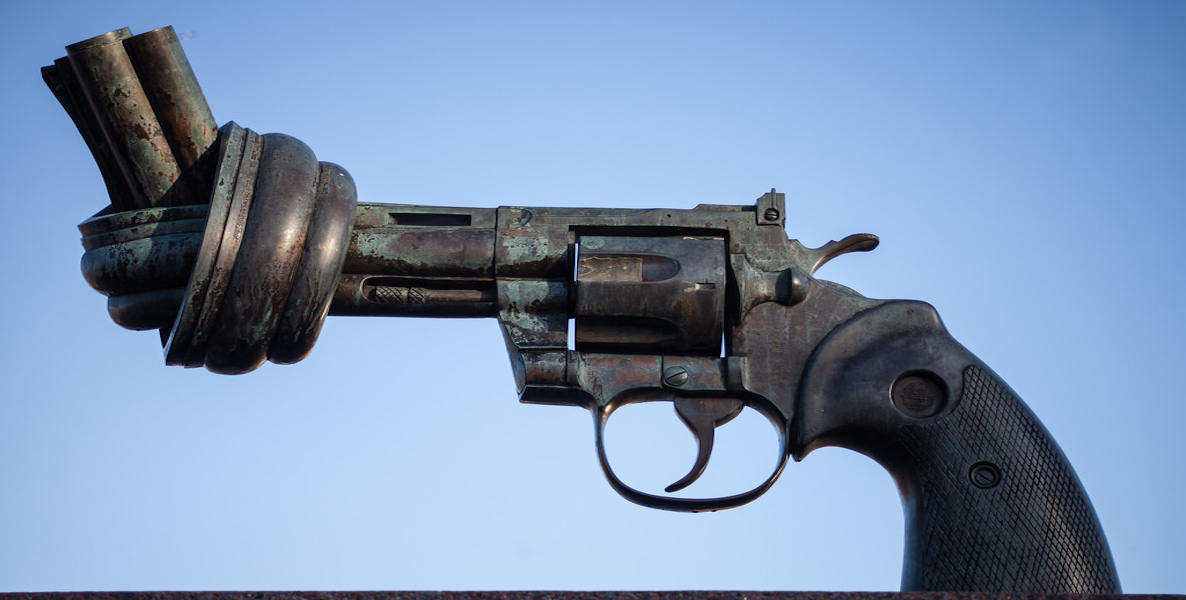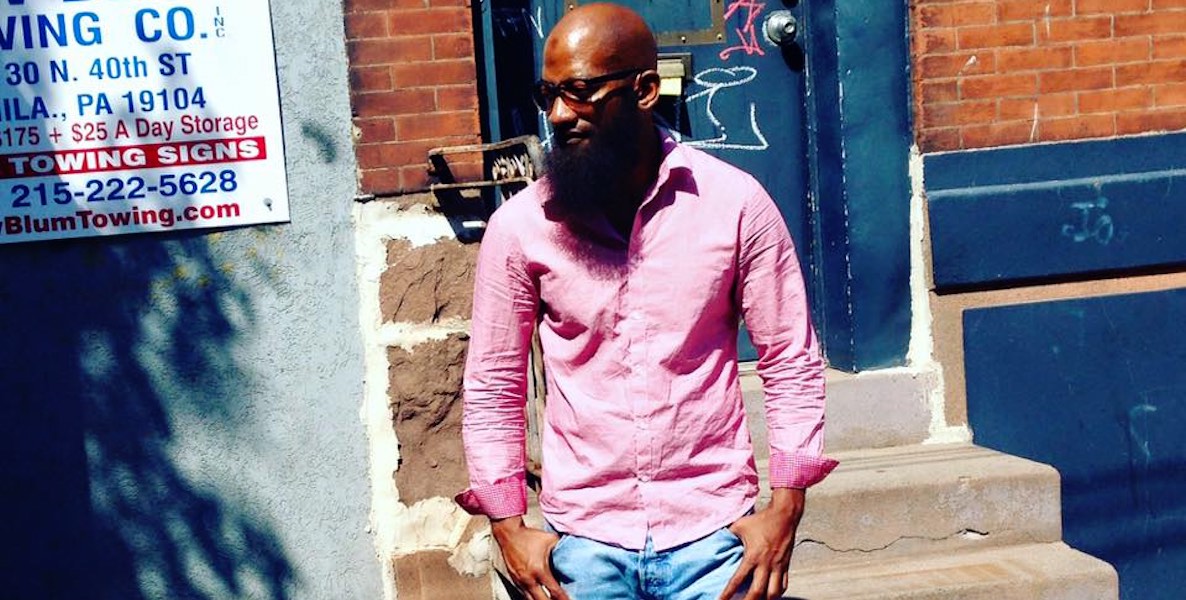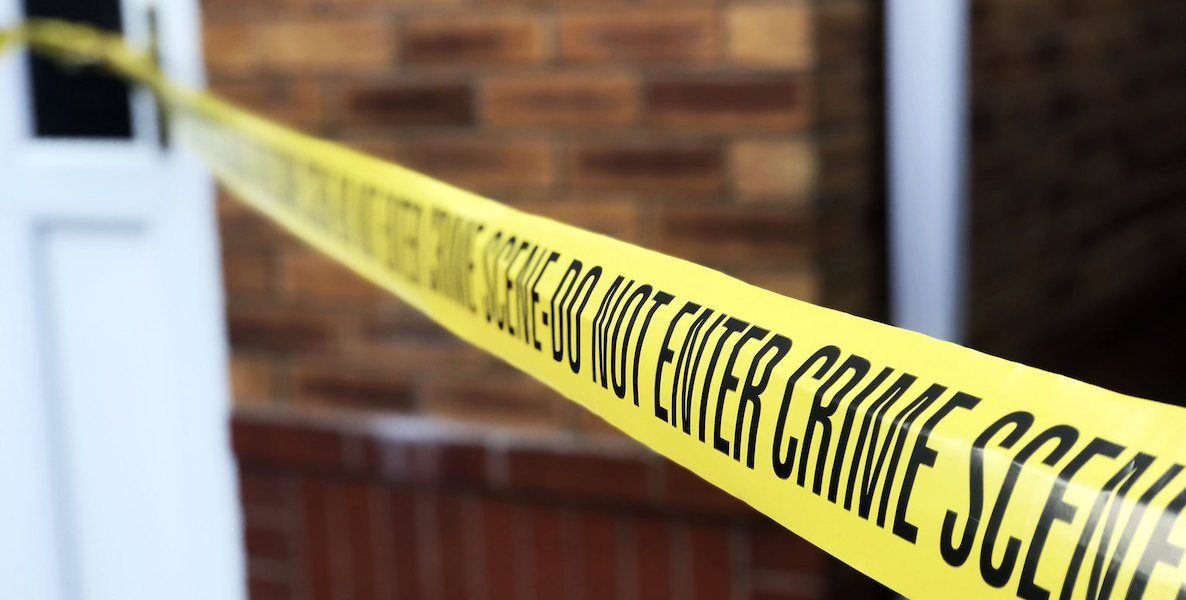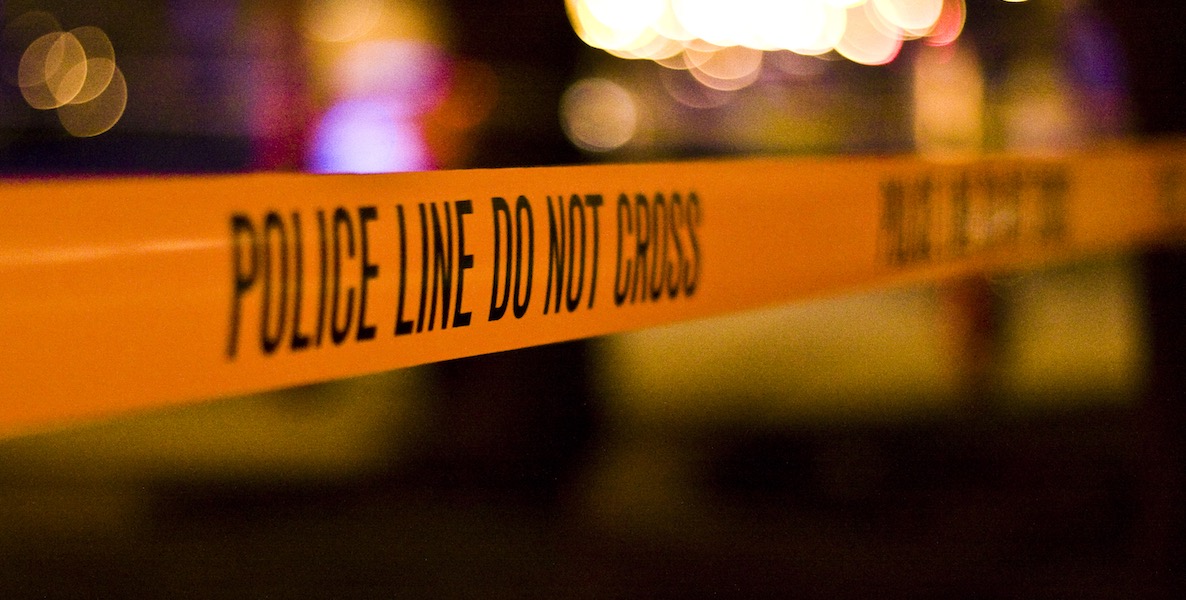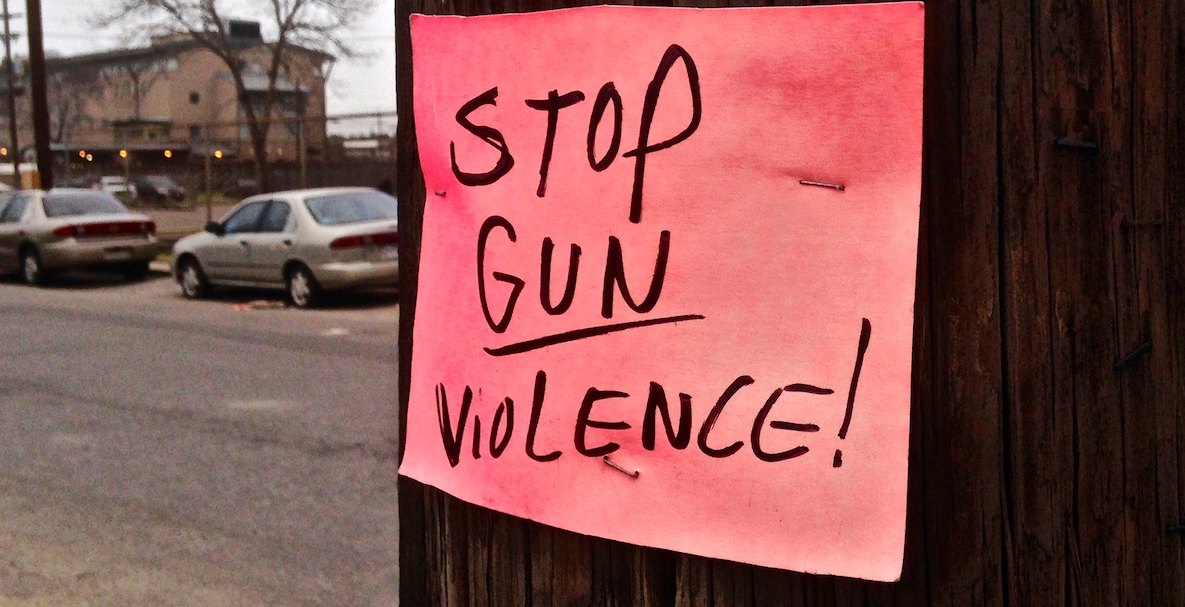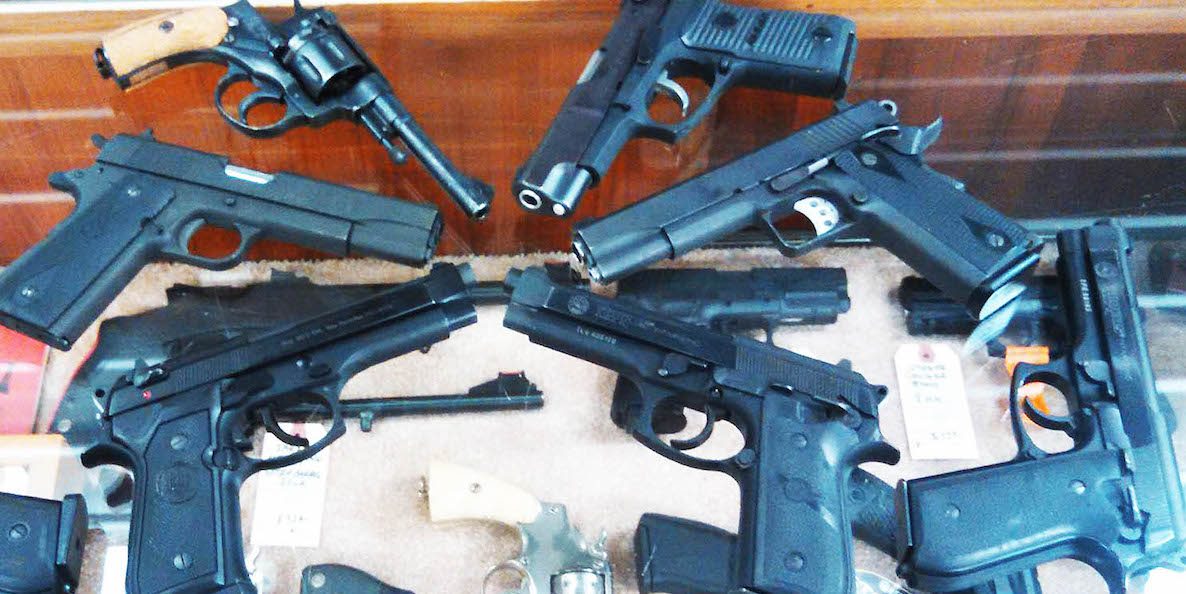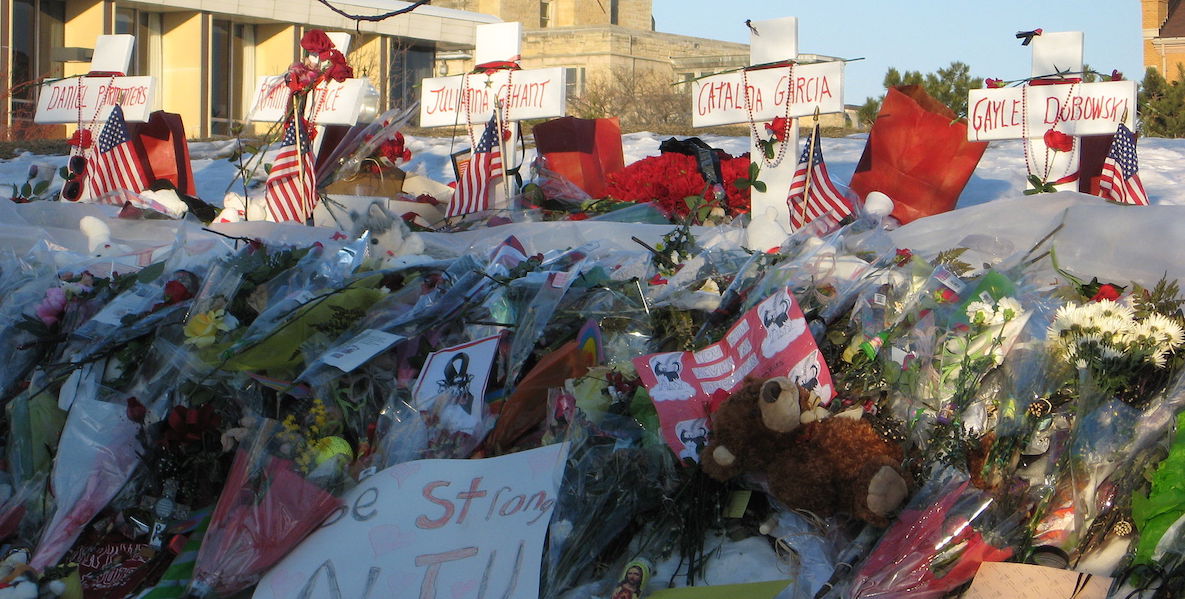About five years ago, the city of Philadelphia embarked on two different violence-reduction strategies that seemed to be sending the city in the right direction.
In three districts in South Philly, the police department launched Focused Deterrence, which identified the relatively few neighborhood residents responsible for gun violence in the area and concentrated their efforts on reaching them. Meanwhile, in North Philly, Temple University School of Medicine launched Cure Violence, which deployed people formerly involved in violence to intercede before shootings could occur.
Both were successful.
Focused Deterrence brought shootings down by 35 percent over two years, and Cure Violence by 30 percent—hopeful signs in a city that needed it.
But then Mayor Kenney was elected, appointing a new police commissioner; a new district attorney, Larry Krasner, came in to office two years later. They had different agendas that did not include Focused Deterrence or Cure Violence—or even, seemingly, working together. Meanwhile, gun violence citywide has spiked: Murders in Philadelphia went up 13 percent in 2017 and 12 percent last year. Right now, it’s up another 2 percent, the highest in a decade.
“You can have all the brilliant strategies in the world, but this requires government to work and work strategically,” says Cunningham. “If the people in charge of government are not on the same page, it’s not going to work.”
What might it have looked like instead if we had learned from those pilots and launched Focused Deterrence or Cure Violence citywide? The answer may lie in Oakland, California.
Throughout the early 2000s, Oakland experienced a spike in homicides not unlike what we’ve seen in Philly over the last few years—enough to make the city of 450,000 the third most violent in America by 2012. The violence included a few horrific murders—of children shot and killed in the crossfire—that shocked, but also galvanized, the community.
Faith leaders and other residents pushed city officials to launch Oakland Ceasefire, informed by the groundbreaking work that slashed the homicide rate in Boston in the 1990s. The work of Oakland Ceasefire has been hard; it has been unceasing for the last seven years. And it has succeeded.
As of last year, Oakland had cut its number of homicides in half, from 126 in 2012 to 68 in 2018; cut non-fatal shootings also in half; and reduced other violent crime in the city.
“Oakland,” say Mike McLively and Brittany Nieto in an April report by the Giffords Law Center to Reduce Gun Violence, “gives us reason to hope that reducing gun violence in our most impacted communities is possible, and a basic framework for how to get there.”
Oakland’s success comes after years of struggle to get Ceasefire off the ground. The city’s first attempt under then-Mayor Jerry Brown was in 2004, after a different rash of shootings shook the city. With only minimal support from the police department, and without dedicating any staff to the work, it failed. A couple years later, then-Mayor Ron Dellums tried to revive the efforts—and got pushback even from within his own office.
That, too, failed. The lesson was clear: “You can have all the brilliant strategies in the world, but this requires government to work and work strategically,” says Reygan Cunningham, senior partner of the California Partnership for Safe Communities, who oversaw Oakland Ceasefire from 2012 to 2018. “If the people in charge of government are not on the same page, it’s not going to work.”
In 2012, a few things changed. A new mayor, police chief and city administrator were in office. (Unlike in Philly, Oakland has a city administrator who oversees day-to-day operations of the city; meanwhile, the district attorney is for all of Alameda County, so is not a city position.) The continued violence had prompted a faith group, now called Faith in Action, to research Ceasefire and—in public forums, where they sometimes bussed in up to 200 residents—demand city leaders enact it.
Their urging, Cunningham says, gave city officials the push—in some ways, even, cover—to relaunch Ceasefire despite the previous failures, and to do it right.
“So often people think that the people who live in these communities are apathetic,” Cunningham says. “It’s not true; but the organizing piece is often missing. Here, they organized around violence, did the research and made an ask. They were consistent enough that their voice rose to the top.”
“We are not solving world peace,” Cunningham says. “We are solving shootings and homicides. That’s our focus.”
This time, Mayor Jean Quan appointed Cunningham to run Ceasefire out of her office, and then-police Chief Howard Jordan was also on board. They then set to work, strategically and methodically, with five main priorities:
1. Analysis
During the first iterations of Ceasefire, Oakland mistakenly assumed most of the shootings were drug-related incidents by young people in the city. This time around, the city hired a data team to take a deep dive into the stats that showed instead that shooters and victims tended to be between 28 and 35, more gang-related than drug. And it identified the highest risk people—400 Oakland residents in total, or 0.1 percent of the population.
This helped with a couple things: directing resources specifically to those (mostly) men most at risk of violence. And building community trust, particularly with the police. “This allowed law enforcement to focus on people who are violent—not on someone’s husband or brother on the corner in a hoodie, but rather that guy holed up with guns in his house,” Cunningham says. “That builds legitimacy in neighborhoods where the violence is happening.”
2. Call-ins
Oakland instituted periodic in-person gatherings with those at risk of being involved with violence, most of whom were mandated by a court to attend. The gatherings unfold in two parts: First, law enforcement officials warn the attendees that if they continue down the path to violence, they will be arrested, sent to jail—or killed on the street. “They are often unaware that being shot before increases the risk dramatically of being shot again, and killed,” Cunningham says. They are also unaware of the inconsistencies of the criminal justice system: Unlike state crimes, federal prosecutors almost always win their cases, which can mean a prison sentence far from home.
Since police started Procedural Justice training, use-of-force incidents in Oakland have gone down by 75 percent. What’s more, the homicide solve rate—which in Philly hovers around 40 percent—rose from 29 percent in 2011, to more than 70 percent in 2017.
Then, the police leave and the men hear from community members—often pastors, gunshot victims, mothers—about the tragic consequences of shootings; and from social service workers about the kinds of help they can get—job training, housing, food vouchers.
3. Relationship-based social services
Taxpayers fund a city agency called Oakland Unite, which distributes money and oversees nonprofits that provide services that include mentoring, education, jobs training, assistance to victims and their families.
The key here is the individualized approach: After identifying a potential shooter or victim, Oakland Unite sends a worker—often, Cunningham says, “people who had been in the life, are connected and can build relationships”—to talk with him in person, to understand his immediate needs, anything from emergency housing in another neighborhood to food vouchers and employment opportunities.
The intent is to break the pathway to violence in the immediate term, so things cool down, and then to take on the longer-term needs that will keep that person out of jail and alive.
“The message is, ‘We love you, we want to help you make better decisions, we know it’s not easy—but you got to put the guns down,’” Cunningham says. “We know we can’t just deliver the message and they will change. It’s the first step.”
4. Narrowly-focused law enforcement actions
Oakland, like Philly and other cities, had a strained relationship between community members and the police, which hampered (among other things) the ability to solve crimes. That, in turn, often led to more violence.
When the city implemented Ceasefire, it made two major changes to the way the police department operated. First, every police officer in the city is now trained in “procedural justice,” an evidence-based approach that emphasizes understanding, neutrality, voice and respect in all community interactions.
Since the training started in 2012, use-of-force incidents in Oakland have gone down by 75 percent. What’s more, the homicide solve rate—which in Philly hovers around 47 percent—rose from 29 percent in 2011, to more than 70 percent in 2017.
The department also shifted the way it investigates shootings by launching one central Ceasefire Unit to focus on the most serious violence citywide, rather than separate units within each police district. Cunningham says this came about after a particular rash of shootings between rival gangs in different parts of the city made it clear that no one district could own the violence, even within its boundaries.
5. Intentional management
Perhaps the most important key to Oakland’s success is citywide coordination on confronting and solving the problem of gun violence.
Every Thursday, Cunningham says she ran two weekly meetings to review every shooting in the city. One was with law enforcement and included the police department’s Ceasefire and criminal investigation units, Housing Authority police, probation, parole, the District Attorney and other agencies as needed, including nearby Berkeley Police, school police, FBI or U.S. Marshalls.
She followed that with a meeting with social service agencies, to review the cases and assess the needs from a different angle—perhaps a victim needing a hospital visit, or outreach to those who might want to retaliate, or someone who needed a visit from a life coach.
Cunningham was the only link to these meetings, which were intentionally kept separate, to maintain trust with the community.
Periodically, the groups would meet together, for an analysis of the violence and prevention efforts over a period of months. These meetings helped shape strategy, but also helped them work through conflicts that inevitably arise around different approaches.
Police want to arrest bad guys—not offer them social services; sometimes, though, they don’t have the evidence they need to make their case, so Oakland Unite would step in to at least prevent another shooting. And sometimes police have to put a perimeter up around a neighborhood because they know the person they are looking for is hiding there. With Ceasefire, these arguments happen around a conference room table, and are granular, down to one individual, one situation at a time.
That was difficult in 2012—and it remains so. Ceasefire is a huge undertaking that can never let up. Some version of it has been tried, to varying degrees of success, in several cities around the country, and in places where they have stopped the focus on violence, violence has gone up. (This is one reason that New Haven’s violence prevention effort is called “Project Longevity.”)
“It’s always hard,” Cunningham says. “Now we have evidence that it works. But it doesn’t hit a tipping point where it gets easier. People move in and out of these positions, and the cultural shift is huge for everyone.”
Securing citywide buy-in for Oakland’s violence prevention efforts dates back to the earliest efforts to bring Ceasefire there. In 2004, the city convinced voters to approve a measure that added a $100 parcel tax and parking fees into its coffers, divided 60 percent for police and 40 percent for social services. In 2012, despite the failures of Ceasefire, voters again approved the tax. Those fees now provide $14 million for Oakland Ceasefire every year.
“People often say they don’t have the money to do this,” Cunningham says. “But violence has a cost, and we’re already paying for it.”
California is also one of five states that allocates significant funding to cities to fight gun violence; last year, the state distributed around $21 million. McLively, at the Giffords Center, has studied three of them—New York, Connecticut and Massachusetts—and all have significantly reduced the number of shootings in their cities. The Giffords Center is working to convince Pennsylvania to allocate funding, too; meanwhile, Gov. Wolf gave Philly around $200,000 for violence prevention efforts, with no guarantee of future investment.
“People often say they don’t have the money to do this,” Cunningham says. “But violence has a cost, and we’re already paying for it.” This is why, she notes, even cities like Stockton, California—the first to declare bankruptcy—is doing CeaseFire, along with San Bernardino and Richmond.
In Philly, the pilot cost $130,000—not enough to be fully successful, according to researchers, but enough to make the point—which is a mere fraction of the money the City spends on violence prevention. It is already a city with high taxes, and additional fees on things like parking and soda. Still, it seems entirely possible that, as in Oakland, residents would be willing to invest in a safer city, because of the benefits to all of us.
After years of rising gun violence, Philly may be on the brink of embracing a version of Ceasefire. This week, the Philadelphia Foundation hosted an event for civic leaders with Thomas Abt, author of Bleeding Out: The Devastating Consequences of Urban Violence—and a Bold New Plan for Peace in the Streets, who talked about policies that have reduced violence around the country, including the Kansas City Gun Experiment and Oakland Ceasefire. Acting Police Commissioner Christine Coulter was at that meeting, feverishly taking notes. Earlier this year, the police department launched Operation Pinpoint, to identify and target the “worst offenders” in particular neighborhoods—one piece of the Ceasefire puzzle.
Theron Pride, Mayor Kenney’s senior director of Violence Prevention Strategies and Programs, says “planning for Focused Deterrence is ongoing right now,” and expects a decision will be made shortly. (In Philly, that would also require Krasner to sign on, which he has not done publicly.) But he also notes that several pieces still need to come together for the work to be successful. In January, about six months after Pride started his job, the City released the Philadelphia Roadmap for Safer Communities, which laid out a public health approach to gun violence, one of many ways cities have defined the issue.
“Framing the problem to get everyone on the same page can take a fair amount of work,” says Pride, who worked on anti-violence efforts in New York City and Pres. Obama’s Justice Department. “Even if we take a ready-made model like Ceasefire or Focused Deterrence off the shelf, we need a foundation and a frame so we can see where they align. Until you can work collaboratively and intentionally, you can’t get where you want to be.”
In the meantime, Pride’s office is in the midst of filling positions and putting together systems that address some portions of Ceasefire—data analysis and a homicide review team, for example. In June, the City gave out $700,000 to 47 grassroots organizations in the neighborhoods most prone to violence. This is not, Pride readily admits, going to have the short-term effect of reducing the homicide rate—what he knows everyone is clamoring for. Instead it is intended to help those doing the work on the ground feel supported and part of the conversation.
“Even if we take a ready-made model like Ceasefire or Focused Deterrence off the shelf, we need a foundation and a frame so we can see where they align,” says Pride. “Until you can work collaboratively and intentionally, you can’t get where you want to be.”
“In this work, we often talk about cohesiveness—a neighborhood is able to take back streets because there is a bit more cohesiveness,” he says. “This has empowered people, which has a shelf-life longer than the investment.”
That’s fine, as far as it goes. But what’s missing from this is an urgency for real change—and maybe more than that, an urgency for a real attitude shift in the way police operate, politicians address the problem, and residents work to make change happen. In Oakland, clergy and community members came together to demand police and politicians implement Ceasefire. In Philly, community groups do the hardest work individually, in individual neighborhoods; what would happen if they pulled together, like they did in California, to insist on citywide collaboration to solve this problem that affects everyone in the city? We won’t know until they do it.
As Oakland showed over the course of the last 15 years, it is possible to stem gun violence, even in today’s America—but not piecemeal. That became clear during Oakland’s first few attempts at Ceasefire, when funding for social service programs was directed to everything from after school services to hunger-fighting-programs, with the general idea that it would stop shootings before they happened. This time around, the funding—and the efforts—all coalesce around one thing: Fighting violence.
“We are not solving world peace,” Cunningham says. “We are solving shootings and homicides. That’s our focus.”
Correction: An earlier version of this story misstated Philly’s homicide clearance rate. It was 47 percent in 2018.
Header photo by Bart Everson via Flickr


